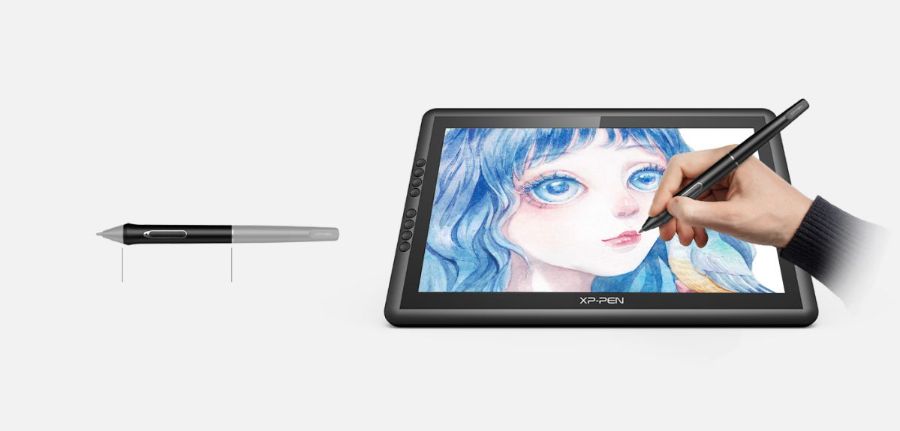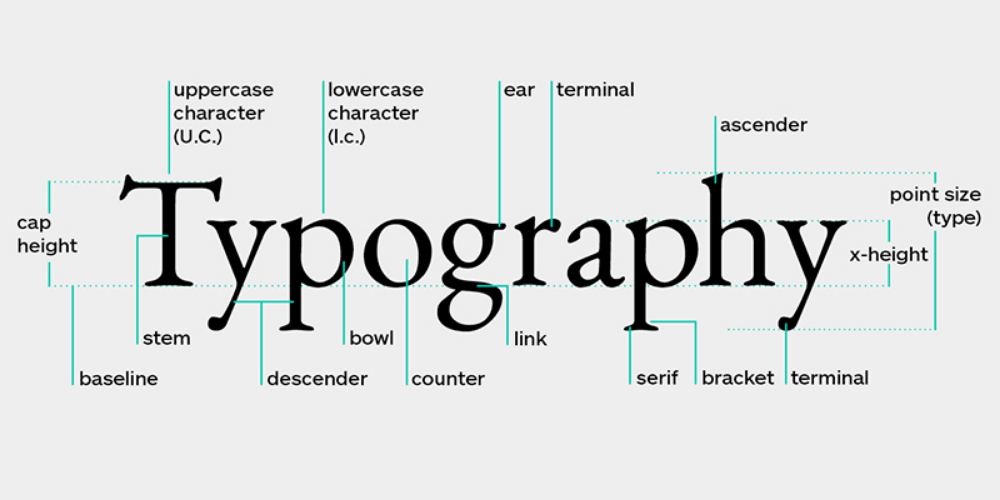Best Selling Products
The Importance of Responsive Logo in Brand Identity Design
Nội dung
- 1. General Introduction to Responsive Logo
- 2. The Importance of Responsive Logo in Brand Identity Design
- 3. Why is Responsive Logo Necessary in the Era of Industry 4.0?
- 3.1. Optimize User Experience
- 3.2. Enhance Brand Recognition
- 4. Factors to Consider When Designing a Responsive Logo
- 4.1. Ensure Simplicity in Design
- 4.2. Optimize Colors and Fonts
- 4.3. Format and Aspect Conversion
- 5. Benefits of Responsive Logo for Business
- 5.1. Ensure Brand Consistency
- 5.2. Improve User Experience
- 5.3. Enhance Professionalism
- 6. Responsive Logo Design Methods
- 6.1. Logo Transformation
- 6.2. Using Logo Variations
- 6.3. Streamline Design
- 7. Responsive Logo Design Process at Sadesign
- 8. Practical Applications of Responsive Logo
- 8.1. Coca-Cola
- 8.2. Nike
- 8.3. McDonald's
- Conclusion
The article below helps you learn more about the importance and benefits of Responsive Logo in brand identity design. Please refer to it now!
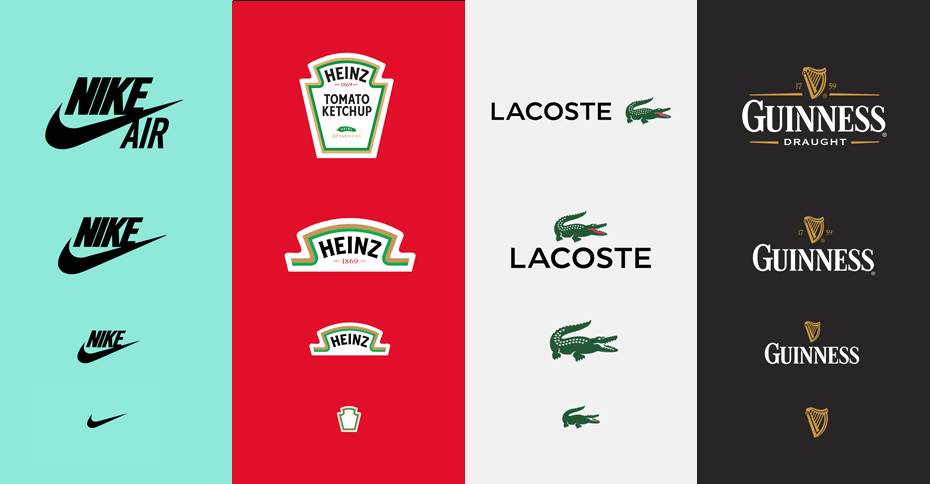
What is a Responsive Logo ? This is the new trend in brand identity design, helping your logo optimize user experience on many different platforms. So what is the importance of Responsive Logo in brand identity design? All information will be updated by Sadesign in the following article.
1. General Introduction to Responsive Logo
Responsive Logo is a concept in brand identity design that refers to logos that have the ability to change size, shape or structure depending on the screen size and platform on which they appear.
In fact, the concept was born to meet the needs of a digital world where users access brands through a variety of devices such as smartphones, tablets, desktops, and screens of different sizes.
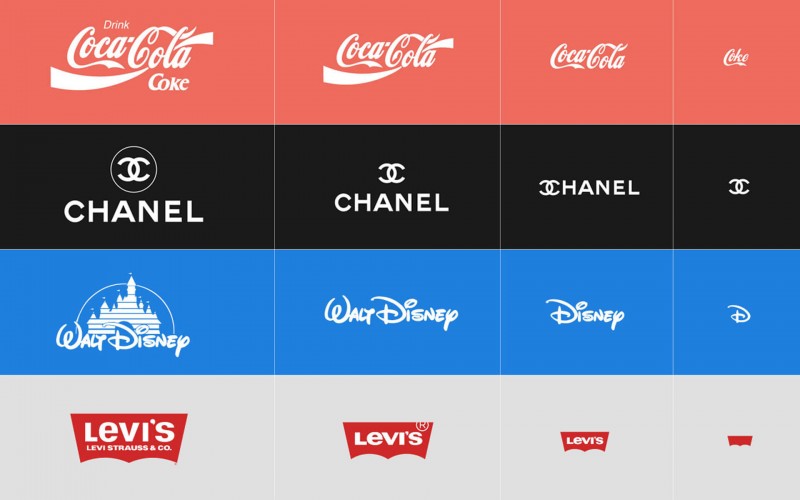
A Responsive Logo is not simply a logo that can change size, but also ensures recognition and association with the brand. Regardless of the form it appears in, the logo must still maintain its identity and convey the message that the brand wants to send to consumers.
2. The Importance of Responsive Logo in Brand Identity Design
Responsive logo is a new concept in the field of brand design, especially important in today's world with the diversity of internet access devices such as smartphones, tablets, desktops, and screens of different sizes.
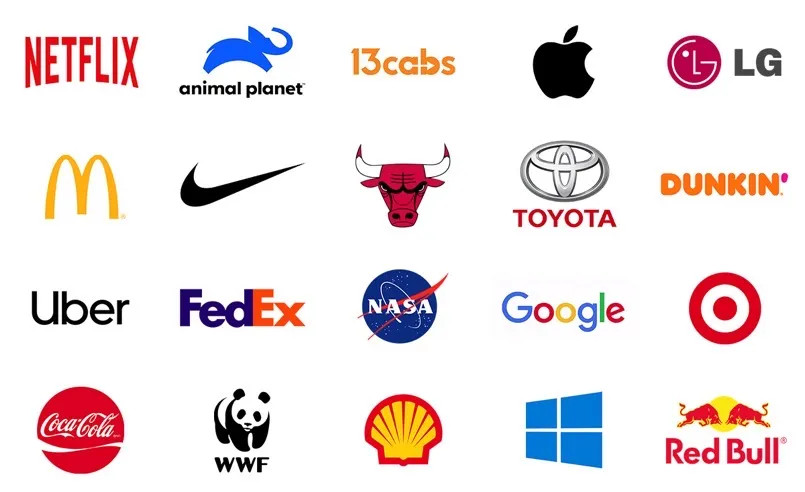
With a responsive logo, your brand design will automatically adjust, resize, or simplify to fit each screen type, helping your brand maintain strong recognition wherever it is.
Logos are an integral part of a business’s marketing strategy, and having a responsive logo is not only a trend but also a necessary element for a brand to maintain its image and reach customers effectively. Especially when consumer trends are increasingly shifting towards online platforms and mobile devices.
3. Why is Responsive Logo Necessary in the Era of Industry 4.0?
Imagine a big brand like Apple or Coca-Cola, if their logo cannot display properly or has difficulty scaling down on mobile devices, the user experience will be severely affected.
A logo is the first thing consumers see when they come into contact with a brand, so having a responsive logo ensures that your brand's message and image remain consistent across all platforms.
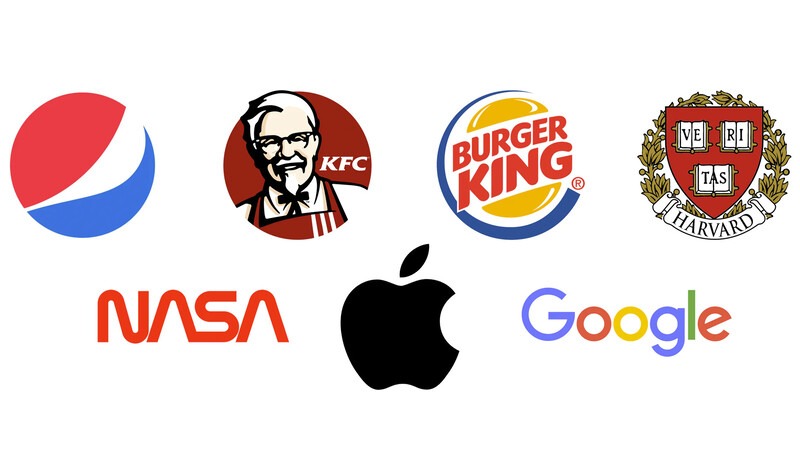
3.1. Optimize User Experience
With a responsive logo , users will not have to face the difficulties of seeing blurry, unclear logos on mobile phones or devices with small screens. Designing a logo that can adjust itself will ensure that users can recognize the brand easily and intuitively.
3.2. Enhance Brand Recognition
A responsive logo will not only help your brand stand out, but also remain flexible. By changing the size or shape of your logo to fit any platform and medium, your brand will easily capture the attention of consumers, no matter what device they are using.
4. Factors to Consider When Designing a Responsive Logo
To design an effective responsive logo , designers need to consider many factors. Not all logos can be made “responsive” simply by scaling down or changing colors. A truly responsive logo needs to be adjusted to maintain clear recognition without losing simplicity and readability.
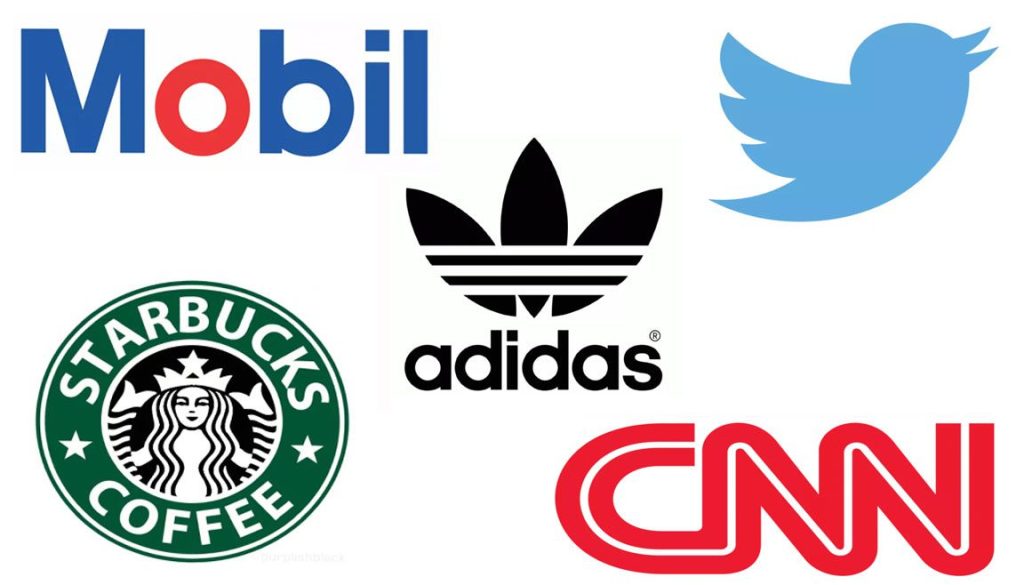
4.1. Ensure Simplicity in Design
Your logo needs to be simple, easily recognizable, and not cluttered when scaled down. This is especially important when it comes to small screens or mobile devices with limited screen sizes. A responsive logo should always be simple, yet still convey the brand message.
4.2. Optimize Colors and Fonts
Colors and fonts are important elements in creating a brand identity. Make sure these elements remain recognizable when the logo is scaled or resized. A responsive logo needs to adjust so that colors don’t bleed into each other, and fonts remain clear and legible on all screen sizes.
4.3. Format and Aspect Conversion
A responsive logo changes its format and proportions to fit different devices. A logo might have a full icon when displayed on a desktop, but be scaled down or use just the initials of the brand name when displayed on a mobile phone. This helps a brand’s logo maintain its identity even when conditions don’t allow for a full image.
5. Benefits of Responsive Logo for Business
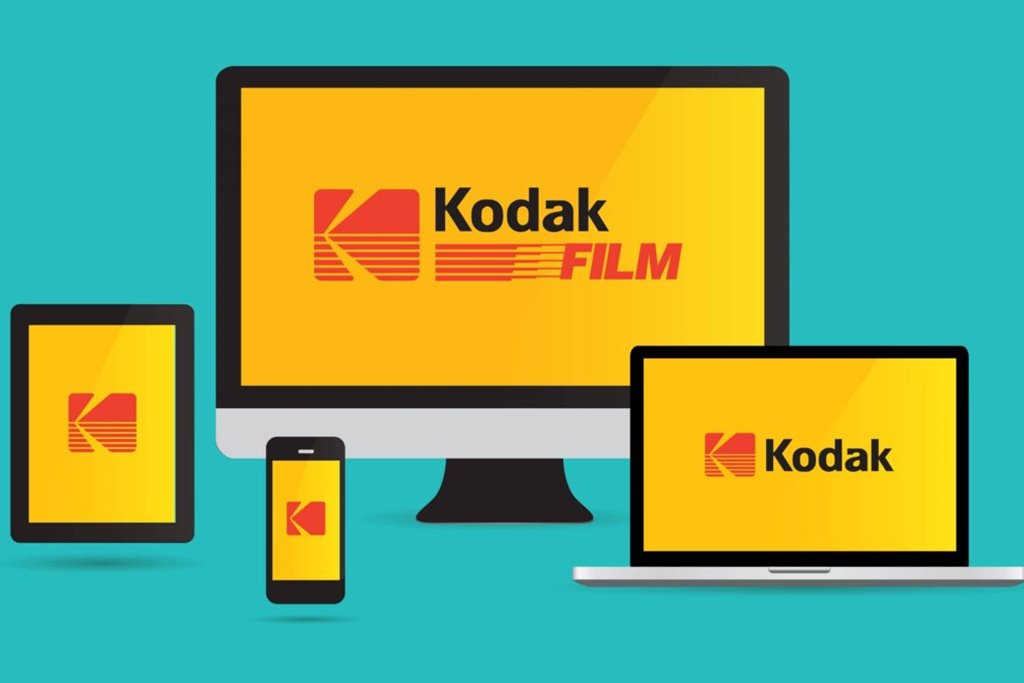
More than just a design trend, responsive logos can bring long-term benefits to businesses. Here are some of the benefits a responsive logo can bring:
5.1. Ensure Brand Consistency
Having a logo that adapts to all types of screens and media ensures that your brand image is consistent, no matter where your customers are accessing it from. This increases trust and brand recognition among your customers.
5.2. Improve User Experience
A responsive logo not only looks great on mobile devices, but it also makes it easier for customers to recognize your brand in any context. A better user experience means customers are more likely to engage with and remember your brand.
5.3. Enhance Professionalism
A brand with a responsive logo demonstrates that the business is always at the forefront of applying technology and optimizing the customer experience. This creates a professional and modern image in the eyes of consumers.
6. Responsive Logo Design Methods
Designing a Responsive Logo requires creativity and a deep understanding of how logos can change across platforms. Here are some popular Responsive Logo design methods:
6.1. Logo Transformation
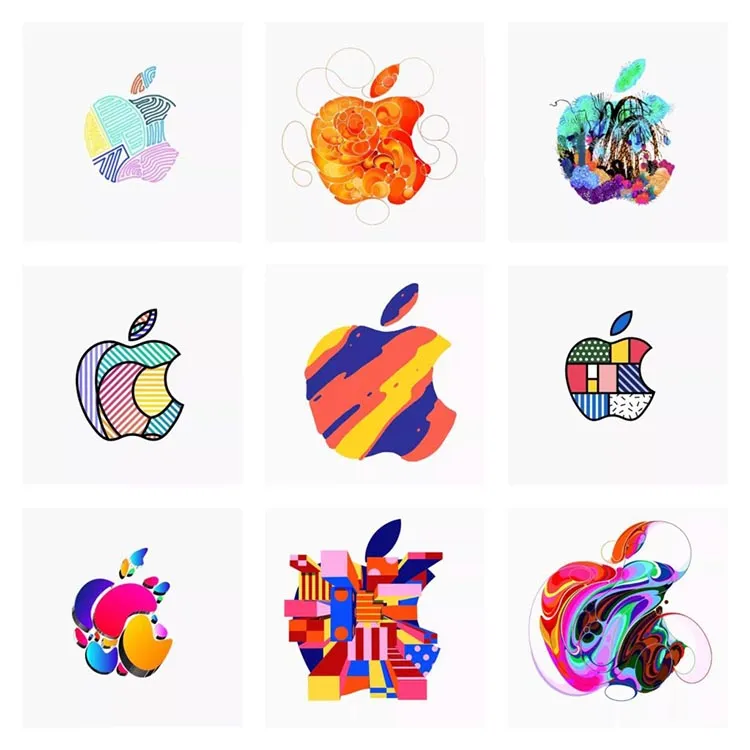
One popular method is logo morphing. This means that a logo can change size or structure when moving from a larger screen size to a smaller one. For example, a complex logo with many details can be simplified when displayed on a mobile device to increase readability and recognition.
6.2. Using Logo Variations
Another approach is to use different variations of your logo for different platforms. For example, your brand logo might appear in full on your desktop website and change to a simpler icon when displayed on your mobile app. This is a flexible solution that allows your logo to adapt to different situations.
6.3. Streamline Design
Sometimes it is necessary to keep the elements of your logo design simple and easily recognizable. Streamlining your logo design ensures that it does not lose its identity when scaled down on mobile screens. Elements such as fonts, colors, and shapes will need to be carefully considered to create a simple yet powerful logo.
7. Responsive Logo Design Process at Sadesign
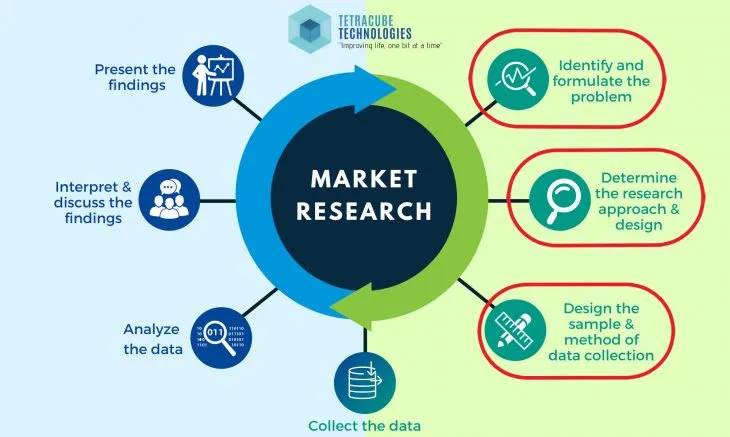
At Sadesign, we are always committed to providing the best design solutions, in which responsive logos are an indispensable part of brand identity strategies. The design process at Sadesign includes the following basic steps:
Market Research and Brand Identity: Before starting the design, our team will thoroughly research your brand identity, goals and potential customers.
- Concept and Design Development: We develop design concepts and ideas based on brand characteristics and market trends, ensuring the logo can easily adapt to different types of screens.
- Responsive Logo Design and Adjustment: Sadesign's design team will make edits and adjustments to ensure the logo can display well on many different platforms and devices.
- Evaluation and Refinement: Finally, we will perform real-world testing on different devices to ensure the logo is up to standard and meets the client's requirements.
8. Practical Applications of Responsive Logo
Today, many big brands have adopted Responsive Logo to enhance user experience and maintain consistency in brand identity. Here are some notable examples:
8.1. Coca-Cola

Coca-Cola is a prime example of a responsive logo. Whether it’s the full name or just the iconic red icon, Coca-Cola makes sure their logo is easily recognizable across all devices and platforms.
8.2. Nike
Nike is another brand that uses Responsive Logos very effectively. Their “swoosh” can appear in many different forms, from a full version to a shortened version, always maintaining a strong brand identity.
8.3. McDonald's
McDonald's uses a Responsive Logo to ensure that the Yellow M stands out across all platforms, from outdoor signage to mobile apps. This helps the brand maintain recognition even in limited spaces.
Conclusion
In short, Responsive logo is a sophisticated design solution and plays an important role in designing a brand identity . Let Sadesign help you build a perfect responsive logo , so that your brand always stands out in the hearts of customers. Sadesign is always ready to accompany you in creating a classy responsive logo , suitable for all trends and needs of the modern market.









































